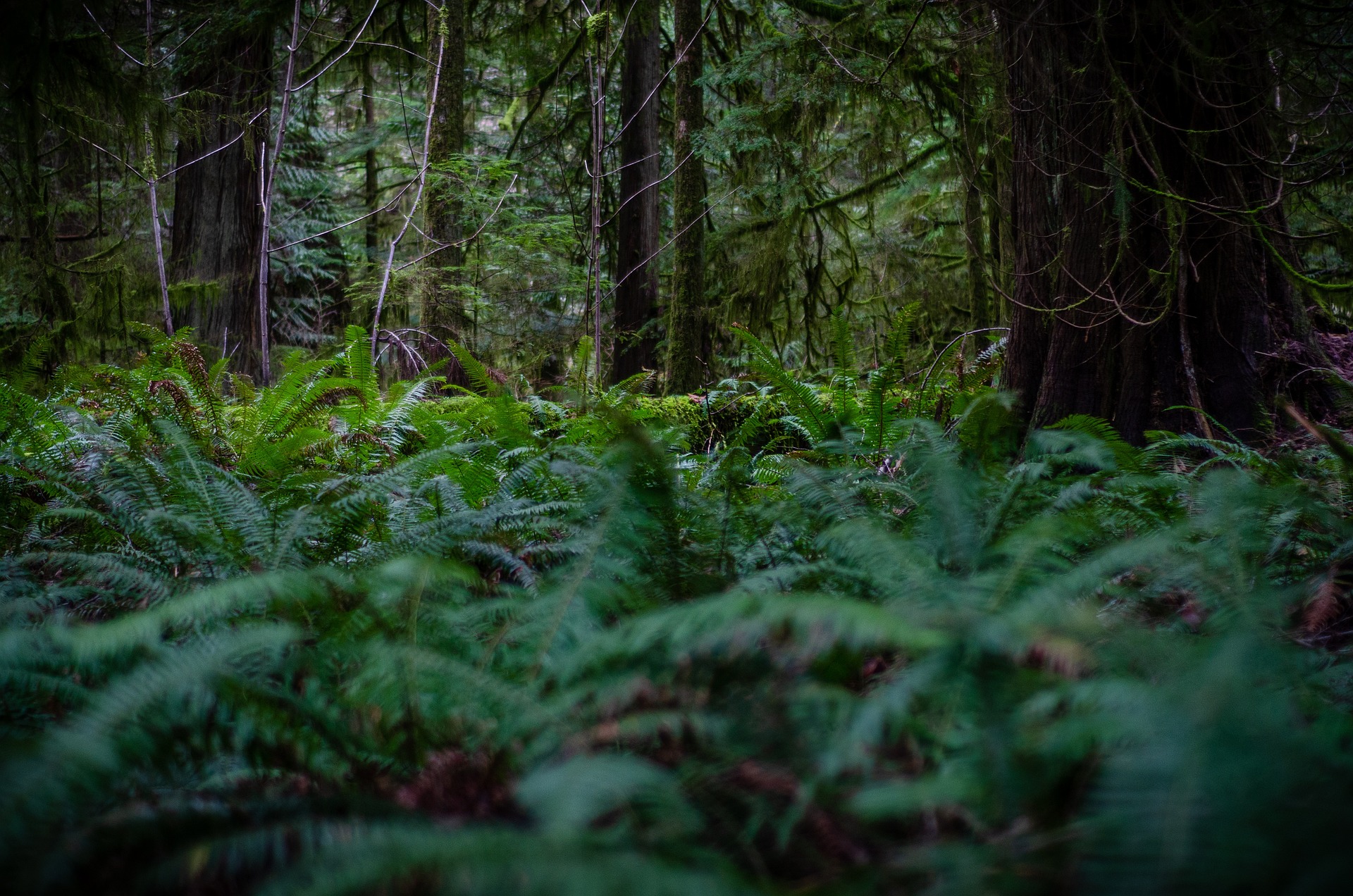
Last month, the BC provincial government announced new forestry measures as the government begins its work to implement the paradigm shift called for and committed to in the Old Growth Strategic Review. Notably, the BC government has announced it has removed notorious wording in the Forest Planning and Practices Regulation, under the Forest and Range Practices Act (FRPA) that legally prioritized timber over other values.
For almost two decades, the so-called “without unduly restricting” clause has hampered protection measures for wildlife and biodiversity, as government objectives for these and other environmental values applied only to the extent that they did not “unduly reduc[e] the supply of timber from British Columbia’s forests.”
With the removal of the “unduly” clause, we are beginning to see the shift away from prioritizing timber to prioritizing biodiversity and ecosystem health that we have been advocating for.
While we are glad for this change, similar timber-biased language still appears in the Government Actions Regulation as a limitation on creating such things as wildlife habitat areas for species at risk, community watersheds, fisheries-sensitive watersheds, and several other environmental measures. This unduly clause still needs to be removed.
Removing the unduly clause from the FRPA regulations indicates that the paradigm shift the Province has committed to is beginning to take shape, but on-the-ground changes may take time to notice. Ordinarily changes to government objectives for values like water, fish, wildlife and biodiversity would trigger mandatory amendments to forest stewardship plans, but not so in this case.
According to the Order amending the Forest Practices and Planning Regulation, the unduly clause continues to apply to current forest stewardship plans. These plans are active for five years, with a possible five-year extension. Some of these plans will not be up for renewal for ten years.
The Province has begun to transition away from operational forest stewardship plans and towards forest landscape plans, a forestry planning process between the Province and Indigenous governments, with involvement of communities and stakeholders. These area-based plans will identify where and how forest management activities of multiple licensees can occur across large areas such as Timber Supply Areas.
This shift toward bigger-picture planning represents a positive step in the management of forests in BC. However, these plans do not address the need for strategic, Indigenous-led, or co-developed ecosystem-based planning that centres biodiversity and ecosystem health in decision-making for all resource sectors.
Meanwhile, at-risk old growth forests continue to fall.
Top photo: Joerg Rosenthal via Pixabay